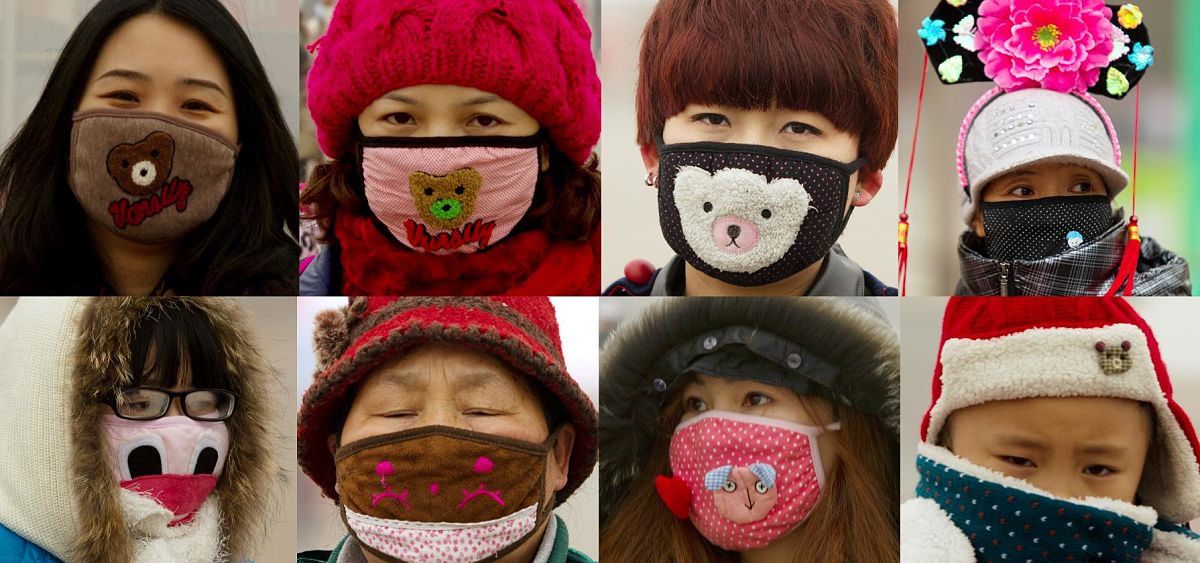Japan's Face Masks

When foreigners come to Japan, many wonder why so many people here wear masks. On the train and in the streets, masks are everywhere. Typically in Japan, masks are used to prevent diseases from spreading. When the flu is going around school, some parents make their kids wear masks, or when someone feels that they are going to get a cold, they wear a mask. Similarly, on trains, many wear masks due to the amount of people around them and the potential to catch germs. However, recently, these masks are being used for something other than prevention of illness.
According to Nikkei Net, some women wear these “fake” masks when they wake up late or don’t have time to do makeup. In some cases, eye makeup may be applied but by wearing a mask they look like they have made up their whole face. Some wear these masks because they think the masks accentuate their “V” line, which accentuates your chin to your cheeks, smoothing the face line, and the “E” line (aesthetic line), which is when one looks at your face, the tip of the nose and the bottom of the chin appear in a straight line, apparently the standard of beauty for plastic surgery.
In a shopping strip in Shibuya, one of the most crowded areas in Tokyo, when 100 Japanese male and females aged between 10 and 30 wearing masks were surveyed, 31 people, 9 men and 22 women (31%), were not wearing these masks for any medical reason. One 19 year old college student’s reason for this was because he ‘did not want to talk to anyone’. Additionally a 16 year old high school student who was also surveyed, said he was ‘too lazy to make facial expressions’, while a 25 year-old store clerk said he wore it ‘to hide his tiredness during his shifts’.
Yohei Harada, an analyst of young adults ‘culture, says the reason why some wear these masks may be due to people being used to internet and social media, and the need to block off communication with others. Some masks are being sold solely for the purpose of beauty, with the shape of the mask less square, to accentuate the “V” line or “E” line. While common face masks have 4 pleats in total; 2 on top and 2 on bottom, the beauty mask has 1 on top and 3 on the bottom.
The mask industry has been able to capitalize on this trend, since the masks which fit womens’ faces are actually better filters, because the typical square mask doesn’t fit the face and can cause particles to sneak inside from the chin and cheek areas. We are also seeing a choice of colour appear, so apart from plain white masks, some men and women are choosing complimentary colours to their outfit (black is a favourite) and even characters’ mouths, and patterns.
8th August 2016

